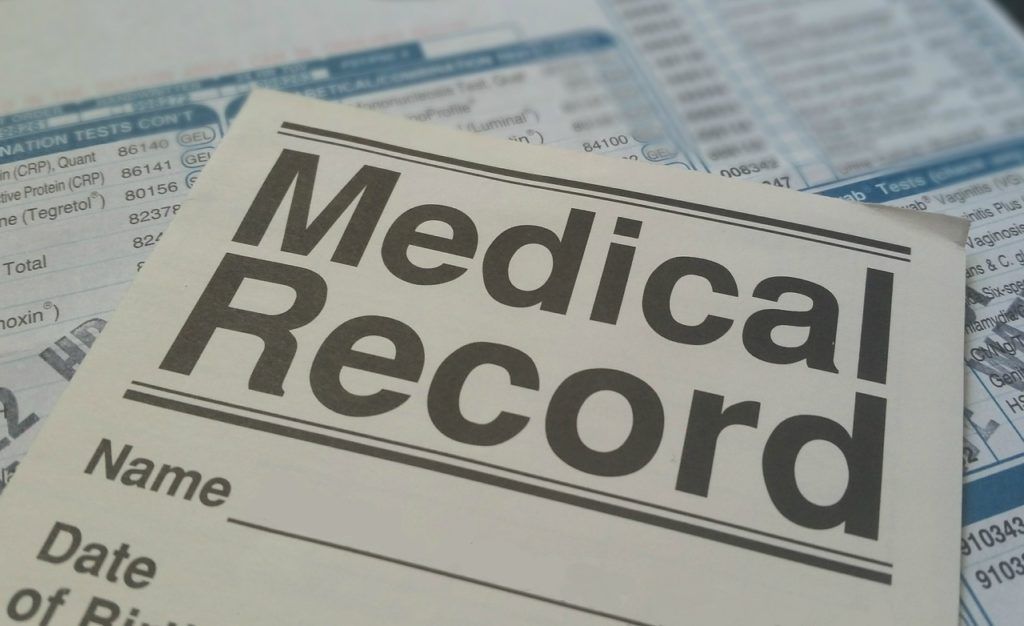
Increased national attention on opioid abuse means more scrutiny for hospital pharmacies.
For many in the hospital pharmacy space, stories like this feel increasingly common and may hit close to home. As the national conversation around opioid abuse continues to grow, hospitals that are grappling with citations, fines, and the bad publicity that accompany these events are looking for solutions that can have both an immediate reduction in liability and set them up for long-term compliance and risk abatement.
Ease of implementation, maximizing existing investments and avoiding decision by committee are keys to moving quickly.
If your hospital is looking to make changes in your controlled substance auditing or tracking processes, either because of a recent incident or because of a commitment to proactive process improvement, here are a few criteria to consider as you evaluate potential initiatives.
- Is it quick to implement?
Getting live quickly is of great value, particularly if coming off of a diversion event or citation. Try to avoid programs or products that require lengthy approval or installation processes. - Will it increase compliance in a meaningful manner?
Identifying diversion risks and other outlier behavior patterns require a comprehensive risk analysis approach. Relying only on improved record keeping standards or anomalous use reporting from an ADC will not provide the level of visibility needed to truly reduce risk and increase compliance. - Will it be sustainable and easily replicable?
Standing up a new tool or process in one area of the hospital is a good start, but full coverage of all care areas and the full CS life cycle in your facility is where true compliance starts. Make sure the direction you’re headed in is one that is supportable with current resources and staff, is manageable from a daily workload perspective, and can travel across departments and areas. - Does it leverage existing data, tools, and hardware owned by pharmacy?
Much of the data needed to complete audits, trace custody, or surface the clues needed to detect diversion are already in place. Bring these systems together to move quickly and maximize your investments. - Will it require process change by partners in anesthesia or nursing?
To move quickly, pharmacy should focus on solutions that allow them to move independently of other departments and partners in the hospital. If the tool requires a behavior or process change by nursing or anesthesia, or significant resources from a centralized IT department, it likely won’t be approved quickly enough, or used to its full potential.
Regardless of what approach your hospital takes to improve controlled substance visibility and control, make sure you evaluate your choices pragmatically to ensure your investments have a real impact. For more information about Kit Check’s approach to controlled substance auditing and compliance, contact me at hannah.byam@kitcheck.com.